Welcome to How to Find Happiness, Lesson 1, Well-Being: All You Need to Know about 5 Easy Pieces.
This is the first in a series of 10 lessons that comprise a 100% free, personal growth coaching course. Each lesson includes information, coaching tips and workbook type exercises to help you assess aspects of your own life satisfaction and to develop strategies to shore up any weak areas. So, what better place to begin a journey to happiness with a conversation about overall well-being?
There are many different facets to our well-being, and it can be overwhelming to try to make everything better at once.
It’s important to understand the components of well-being, and our own personal starting point in each of them, to plan the path forward. Research has provided some guidance that can help us organize our thinking, and begin to understand where we may want to focus our energy in the coming weeks.
How to Find Happiness: Overall Well-Being
Positive psychology experts have developed a number of well-being models. Popular frameworks are comprised of anywhere from five to ten different segments. How we fare across these areas, overall, determines how joyful we feel, and provides a strong indicator of how happy and content we are with our lives.
Fortunately, we don’t have to thrive in all areas to feel well.
In fact, my guess is doing well across all facets of life is a rare treat few get to experience.
For our work on the path to happiness and contentment, I’ve chosen a model that includes five components of well-being. By understanding how we are doing in each area, we can begin to understand the steps we must explore to achieve an ongoing healthy sense of well-being, happiness and contentedness. So, let’s get to it.
How To Diagnose Your Own Well-Being
When I read about well-being models, I thought choosing one to work with would provide us kind of a diagnostic tool we can administer to ourselves, as needed.
That is, when we feel less than our best, assessing our own health in each life segment might help us pinpoint the reason why, and the areas where we may want to focus for growth.
I also thought figuring out a component of our lives most worthy of attention may give many of us a strong basis for focusing our efforts and energy over each of the next ten weeks.
So, for this first week, let’s do our best to understand the areas of our lives where we are thriving, as well as those that may need a little work.
Overall Well-Being: 5 Easy Pieces
To begin, here are the major areas that scientists believe contribute to our sense of well-being:
Physical Well-Being
Experiencing physical well-being does not necessarily mean that you have a regular exercise program.
In fact, we can all score a win in the physical well-being column without being an Olympic athlete.
And some avid health nuts may not fare well at all, if they are not tending to other important needs.
So, let’s start with the most basic consideration.
Are you free from any major illness? If so, let’s begin with gratitude for that!
Beyond being free from sickness, how do you feel, physically?
Do you easily find the energy needed to carry out the tasks of the day?
If not, perhaps an area to focus on is more or improved sleep, or other ways to recharge your batteries.
Feeling like you’ve got this area nailed? Let’s talk about the next one.
Emotional and Social Well-Being
Emotional and social well-being is critical to our overall happiness. But what emotional and social well-being looks like is different for all of us.
Do you have strong relationships in your life?
If not, do you have friends or family you can call on when you need comfort or support?
If this feels like an area of concern for you, please know we will explore way to shore up your support systems in the coming weeks.
Do you feel strong emotionally? For example, can you effectively cope with negative emotions when they arise?
If not, then resilience is an area to spend more time thinking about as we cover the other contributing factors to happiness.
How about coping with feelings of stress or anxiety?
Understanding our own health in this area is critical to our goal of happiness and contentment.
Work or Activity Well-Being
How we spend our days obviously impacts our feelings about life and ourselves.
Are you fulfilled by how you spend your time?
What you do with your time is not necessarily relevant, but how you feel about it, most definitely is.
Does your occupation allow you to spend time doing things you love?
Beyond work, does your daily life include meaningful and challenging activities?
If not, perhaps discovering new areas of interest and tapping into your natural curiosity may contribute to your future happiness.
What about your own personal passions?
Are there areas of study or a future “dream job” that you fantasize about?
These things are real, valid, and important.
Finding time to indulge our hearts and minds is essential to our overall contentedness.
Financial Well-Being
Money is a huge topic of concern and worry for many. So, if this is an area you feel the need to focus on, know that you are not alone!
Do you have enough to make ends meet? If it is a constant struggle, you may need to dig deep to understand changes that will create a new status quo for you in the future.
Are you also able to save towards long-term goals?
This is also a fundamental contributor to happiness – being able to envision a secure future in an environment of your choosing, with reduced stress and financial obligations.
Sound like a dream? It actually can happen. No matter what your circumstances.
If you focus, set clear priorities, educate yourself, and make good decisions.
And each of those things can happen, when taken as one challenge at a time.
Equally, if not more important, is to agree on financial priorities with your spouse or significant other.
Are you working as a team towards common goals? Perhaps this is an area to focus on in the coming weeks.
Community Well-Being
Having a sense of community well-being is essential. During COVID times, we lost much of our ability to interact outside of our home with others. Unfortunately, now, years later, many of us still have a bit of a COVID hangover in this regard.
Do you truly know your neighbors, co-workers, colleagues or fellow students? Are you part of a group that shares a common interest?
Maybe these questions provide a clue about an area where you may want to focus in the coming weeks.
Physical contact isn’t necessary to create a community, but a feeling of belonging is.
Even if you are an introvert or prefer solitude – we all need to feel a sense of community, in some way, shape or form. How do you satisfy the human need to feel part of a community?
How Is Your Well-Being in Each Area?
Answering some of the questions above may have made each of us a bit uncomfortable.
But this is what allows progress and growth to begin.
We have to start with small steps outside of our comfort zone for change to take hold effectively.
Do you have a better sense for how you are doing in each of these areas of well-being?
Is there one that jumps out as a segment of your life that would benefit from more attention?
The idea behind this model is to help you understand where to focus your energy to help improve your overall wellness.
Knowing Where to Focus Is an Important First Step
Experts suggest knowing where to focus may be the most important step in a wellness journey.
Once we understand what needs work, it becomes much easier to develop a plan to remedy it.
Don’t be disheartened if you feel you have a lot of work to do in several different areas – most of us do!
Also valuable is to understand and appreciate where things are going well.
In a future chapter, we’ll talk more about how reflecting on positive factors in our lives and practicing active gratitude can make all the difference in the world.
Do you need more help to channel your energy?
Ask yourself these questions:
- Which of these areas is going best in my life right now? (Recognizing where we are doing well will create positive feelings about life in general).
- What area is growing but could be doing better? (Understanding where we have made progress will give us encouragement about overcoming other challenges).
- Most importantly, are there any areas that are in serious need of nourishment? (Recognizing where we have needs is essential to developing a strategy to meet them).
Next Steps
After identifying an area that may need attention, Positive Visualization can be the first step in a strategy to help address it. Never underestimate the power of a positive mindset! More on that will be coming in a future chapter, too.
For now, take some time to reflect on each of the various segments described above.
Think honestly about areas that feel good, healthy and right to you.
Also understand where you must focus, as this is a critical key step to begin the work of achieving our best life and being our best selves.
And we all deserve to be our best selves, for our own good as well as for the benefit of those around us. Many people believe we also have a responsibility to be our best selves, to fully utilize the gifts we’ve been given.
Let’s Wrap It Up
So which areas of your life are going well? Where may you need to invest more energy?
Refer to the table below for more prompts that may get you thinking about your future actions.
Answer these questions in your notebook, too.
| Life Segments That Are Going Well and Why? | Life Segments That May Need Work – and How to Improve Them |
| What nourishes me in these areas? | What are three things I can do this week to help meet my needs in this area? |
| How can I be sure to hold the gains in these areas? | How will I know if my actions are helping? |
| Are there things I should stop doing in these areas? | Who would be an ally to me in addressing my needs in this area? |
| Things I should do more of? | Are there obstacles I need to plan for? |
| How can I share the joy I feel in this part of my life with others? | Are there resources I can tap into? A community group or books to read? |
| How can I express my gratitude for my contentedness in this area of my life? | Would it help me make progress to work on this area of my life with a partner or friend? |
So, what did you think of Lesson 1?
Please leave a comment and let us know what you’re thinking and feeling.
Are you ready to move onto Lesson 2? If you are, it’s ready for you: How to Explode Your Personal Energy Beyond Your Dreams.
And thank you so much, as always, for reading.
If you haven’t yet subscribed, please visit KindCompassCoach and enter your email address so you never miss a post.
As Amazon Associates, we may receive a small commission (at no cost to you) for items purchased through links in this post.

Joan Senio is the founder of Kindness-Compassion-and-Coaching.com. Joan’s career includes clinical healthcare plus 20+ years as an executive in a nationwide health care system and 15 years as a consultant. The common threads throughout Joan’s personal and professional life are a commitment to non-profit organizations, mental health, compassionate coaching, professional development and servant leadership. She is a certified Neuroscience Coach, member of the International Organization of Life Coaches, serves as a thought-leader for KuelLife.com and is also a regular contributor to PsychReg and Sixty and Me. You can read more about Joan here: Joan Senio.


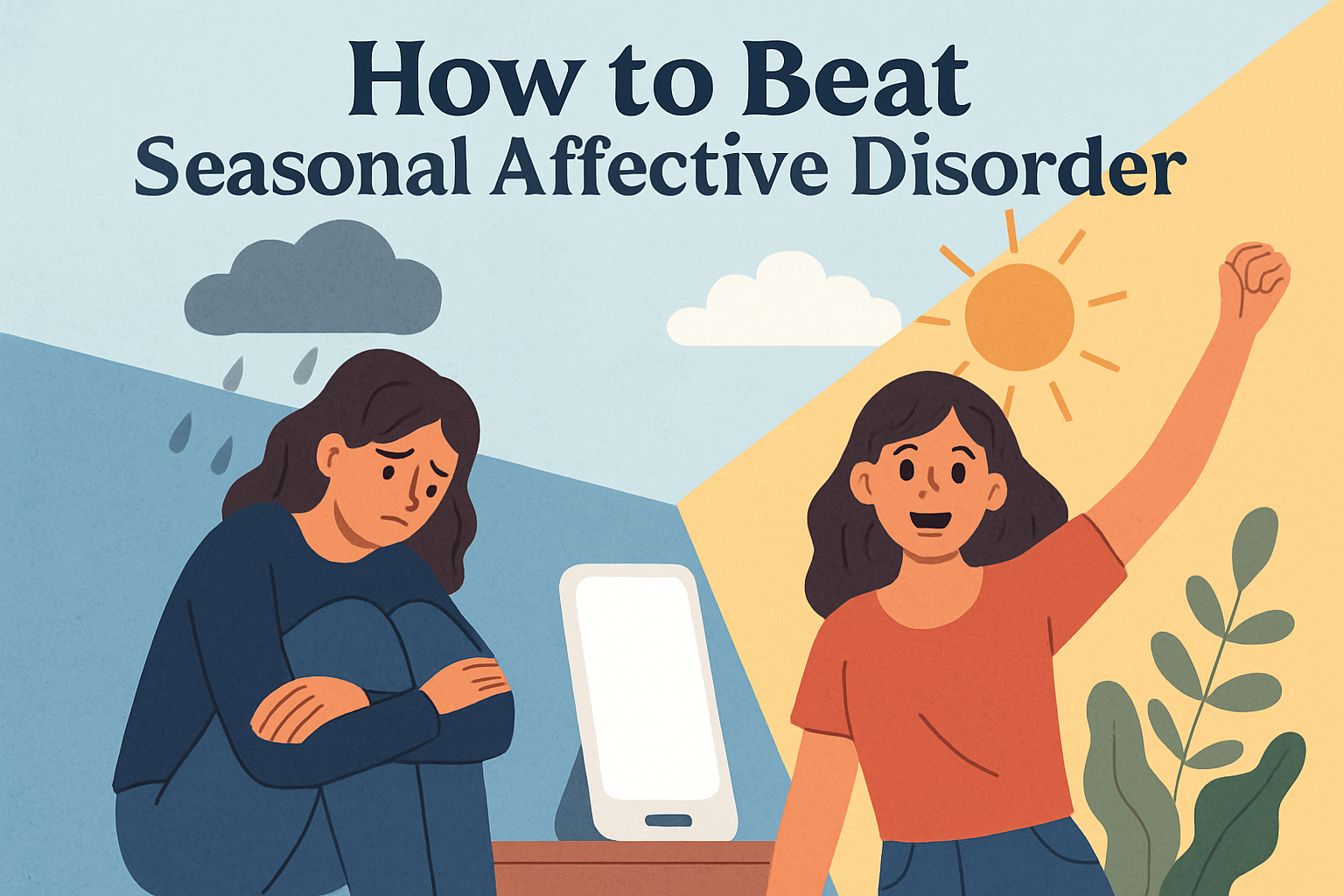


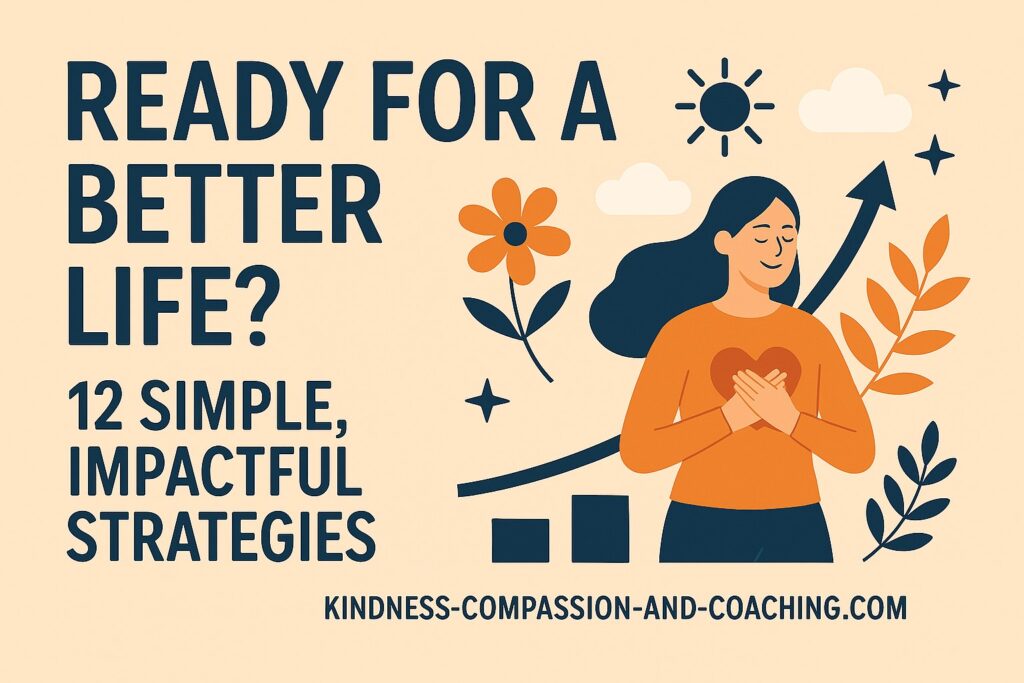
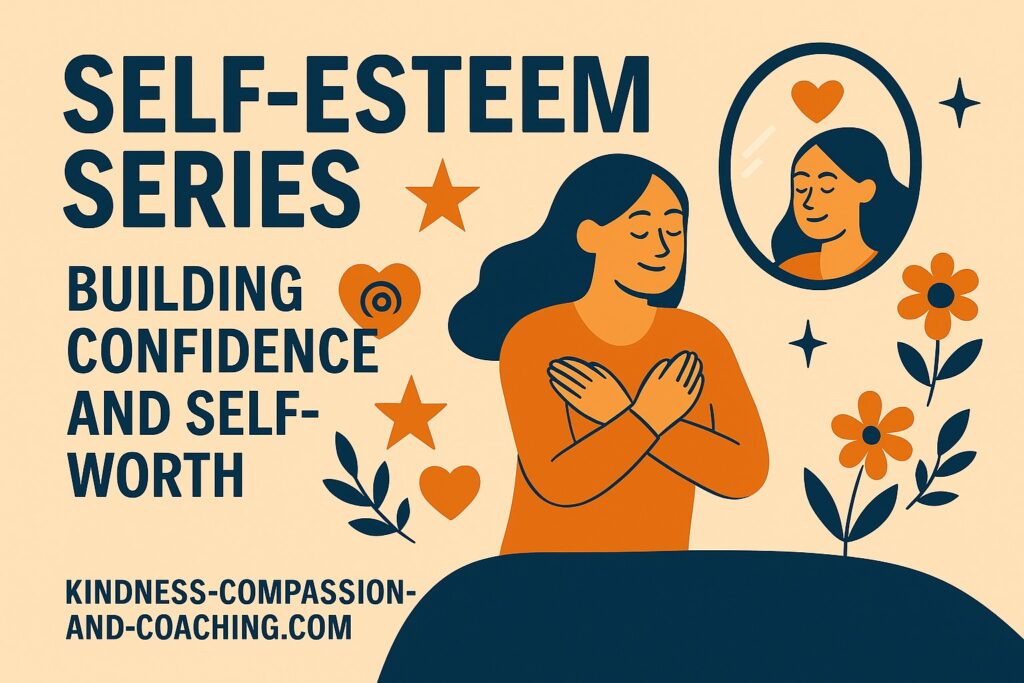
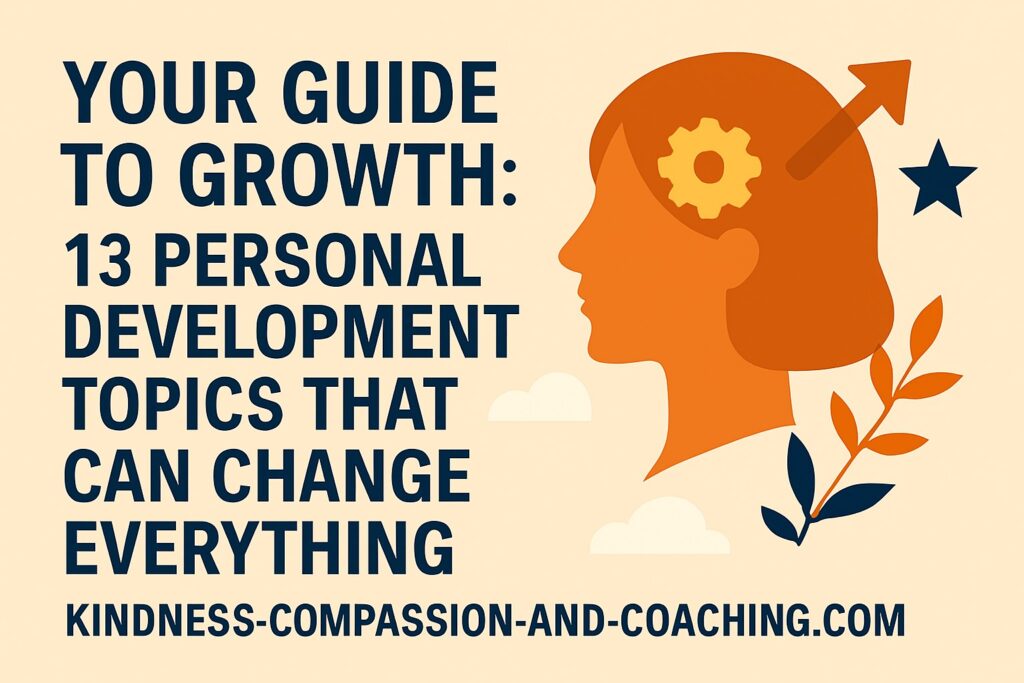
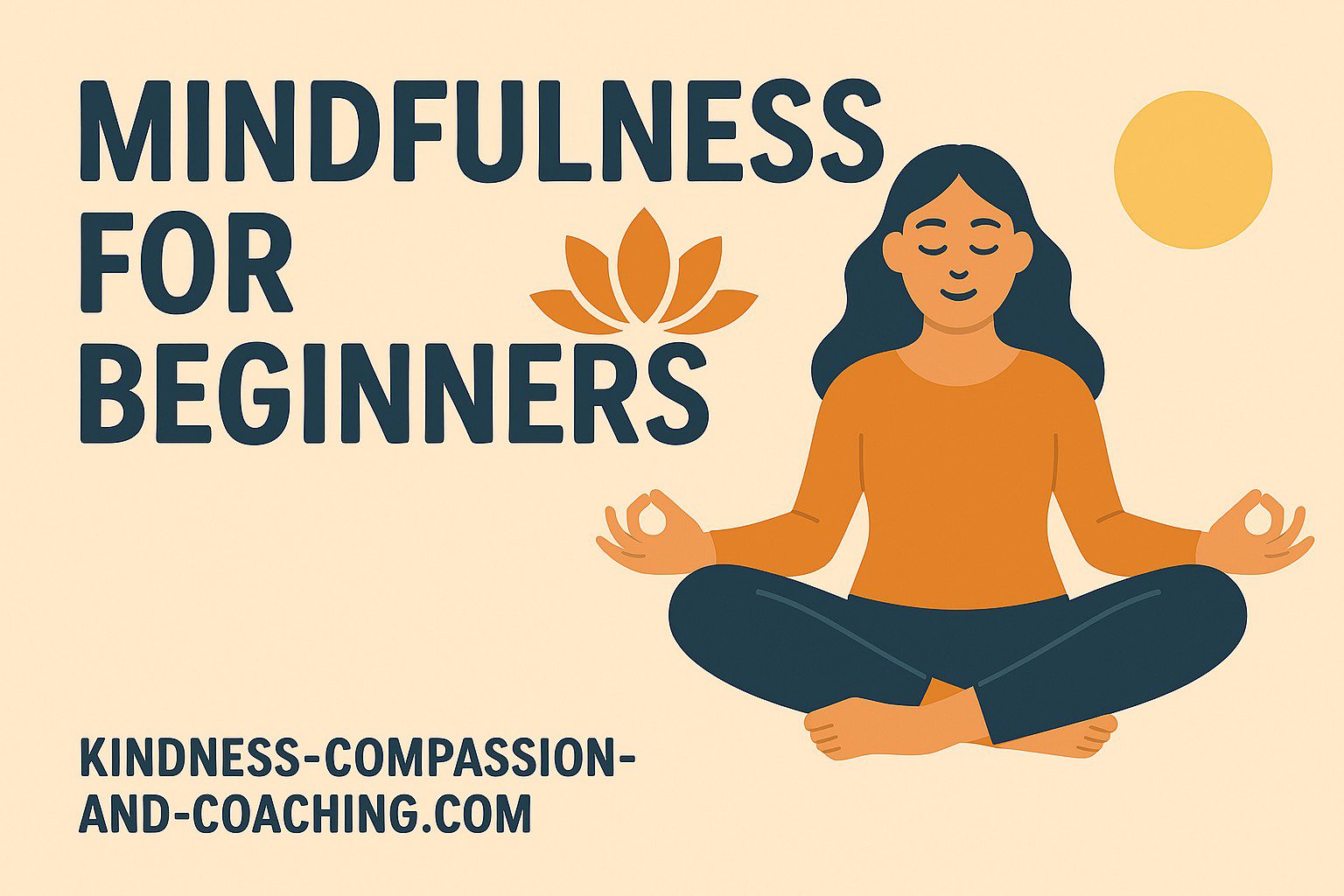
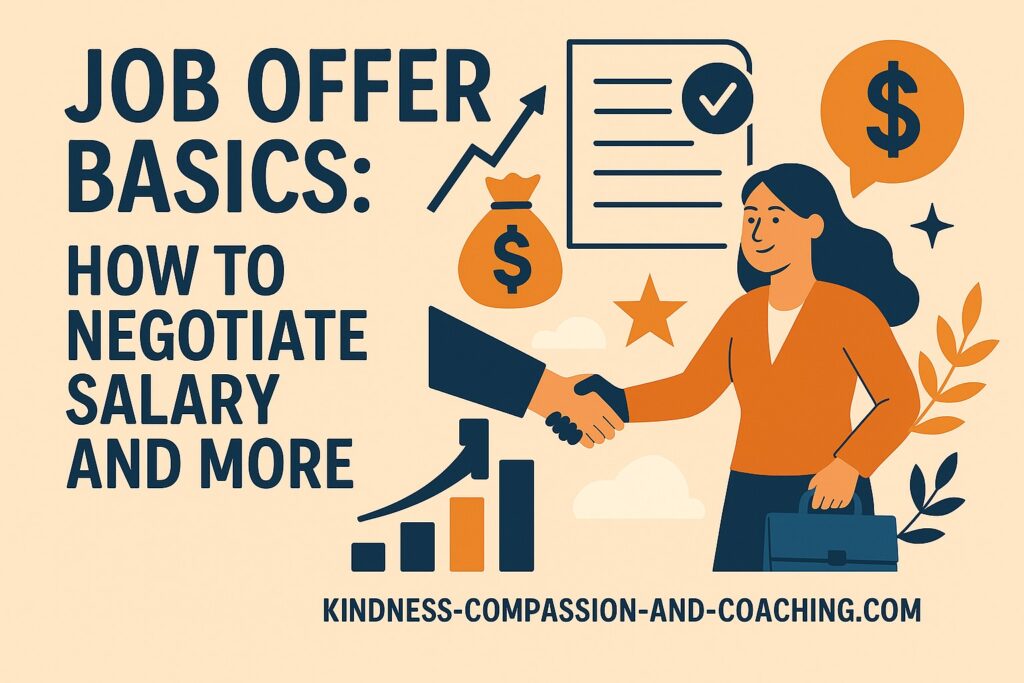
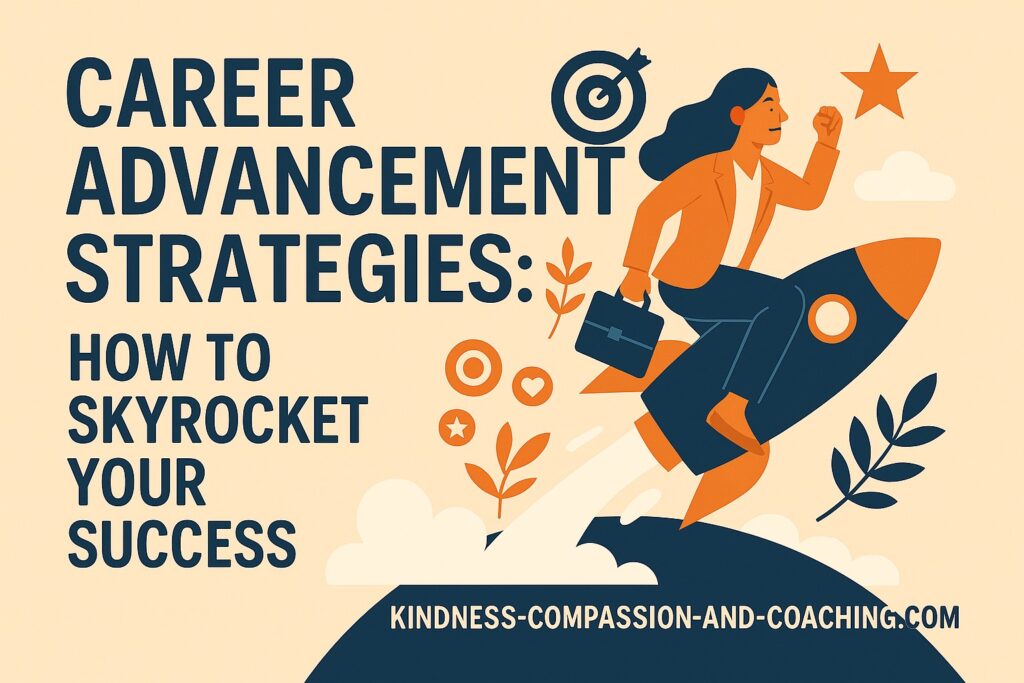
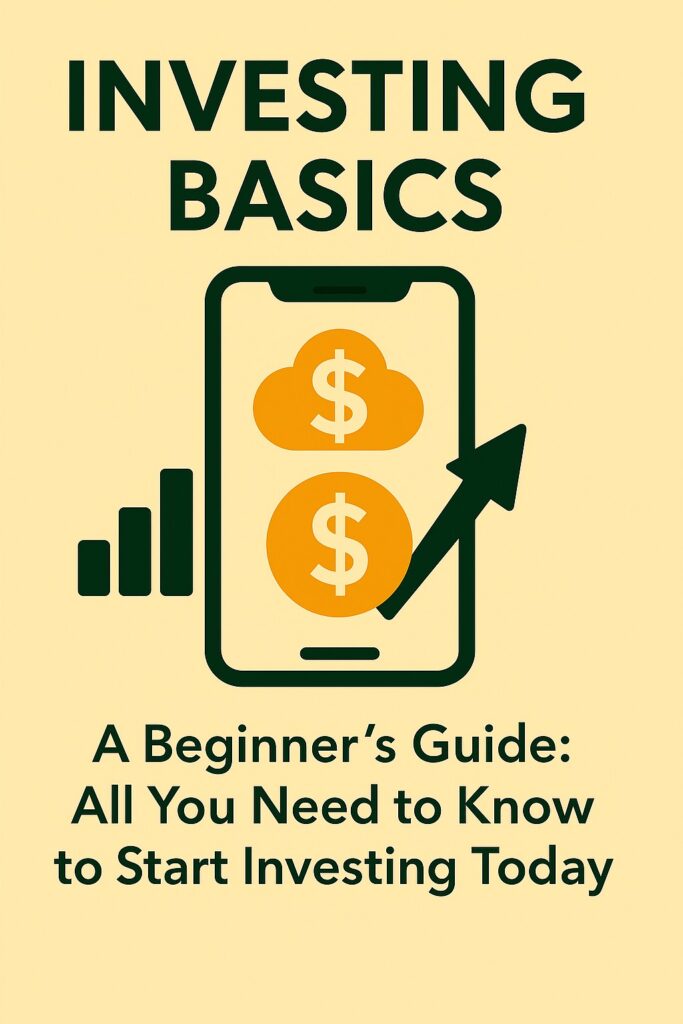
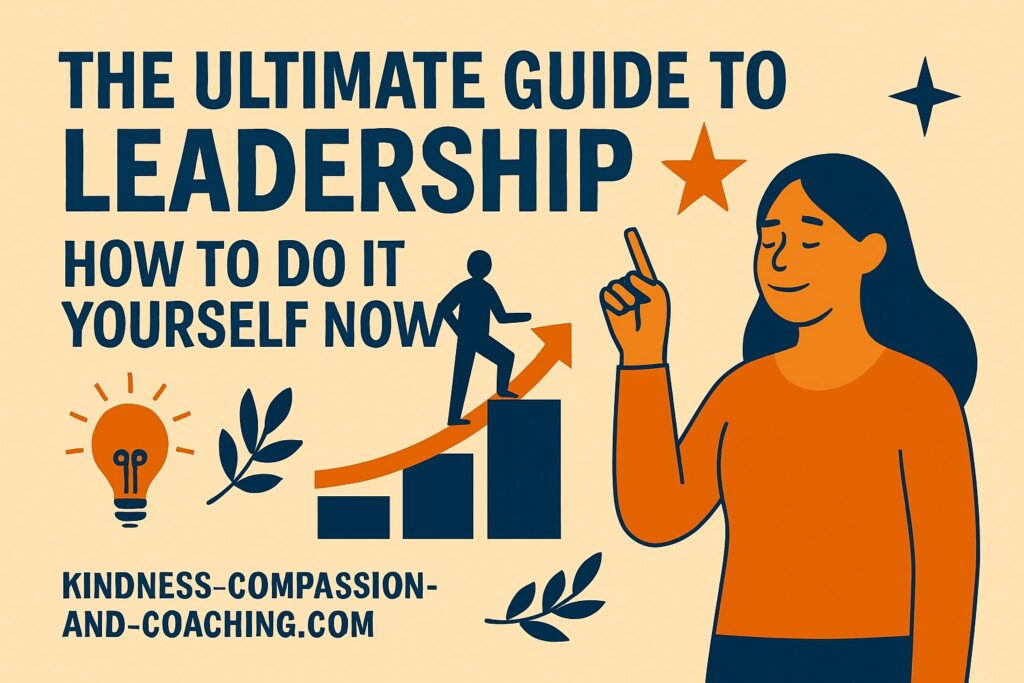
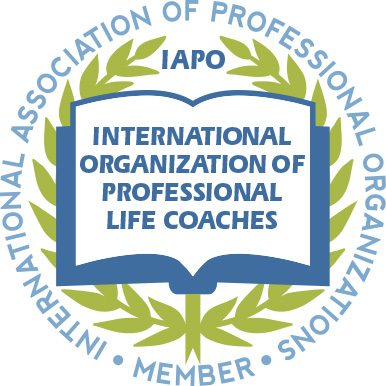


One Response
Joan, this is a wonderful undertaking – not only on your part for reaching out to help others, but for the readers who follow the steps. I could see a community built around this framework for self-improvement.
Mack